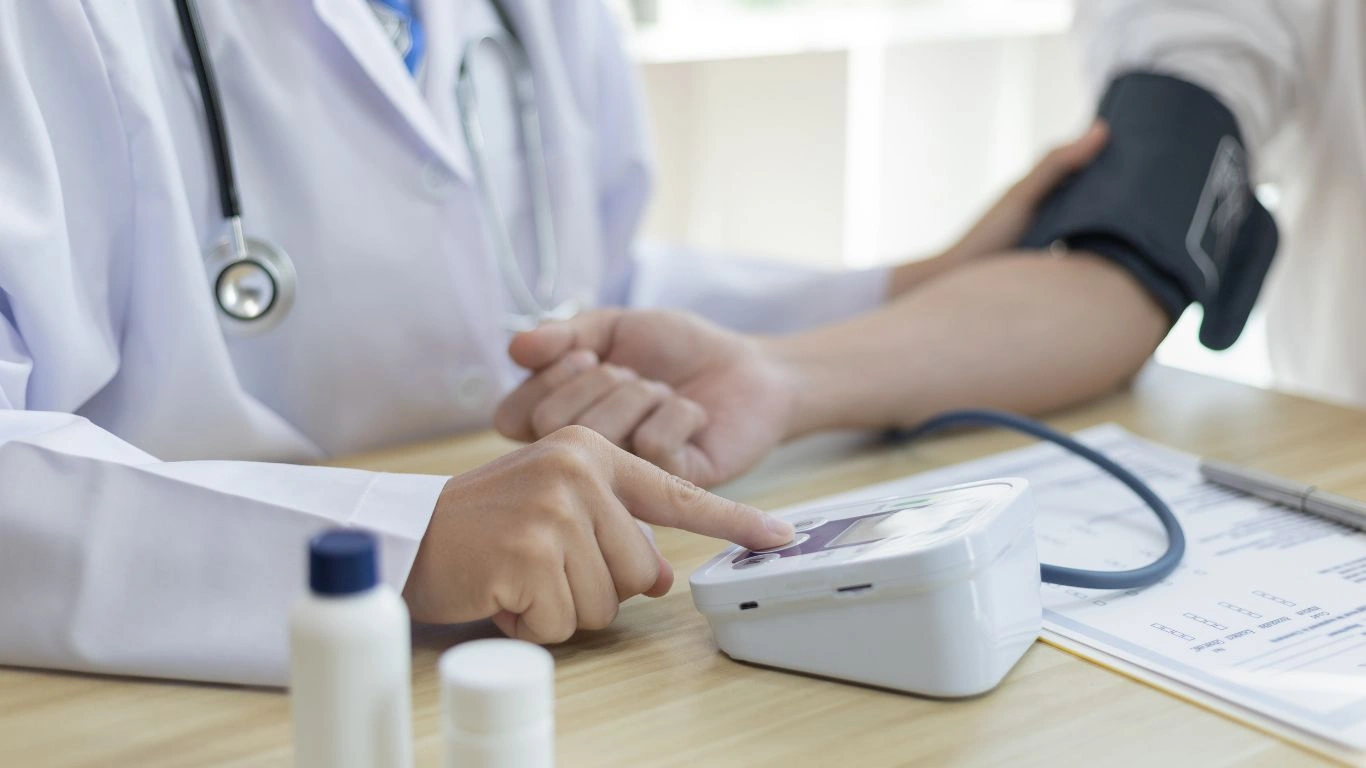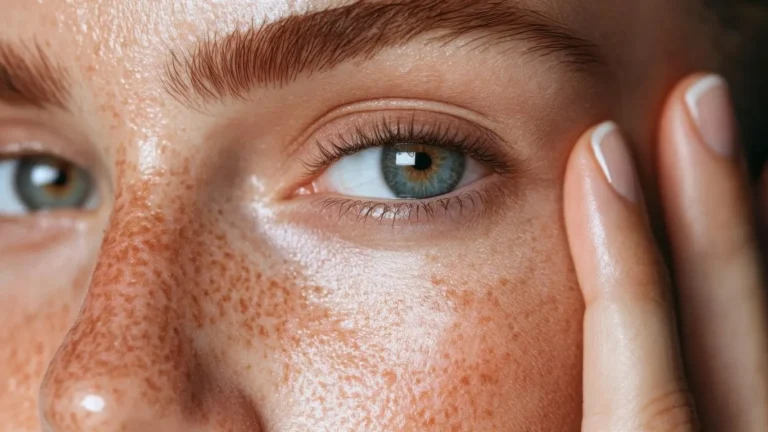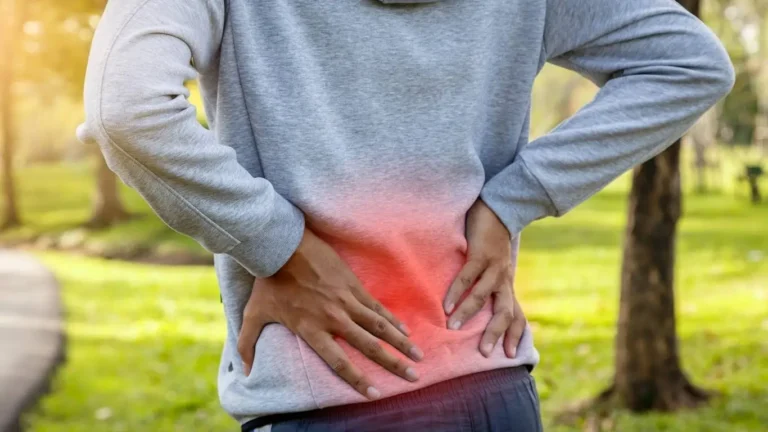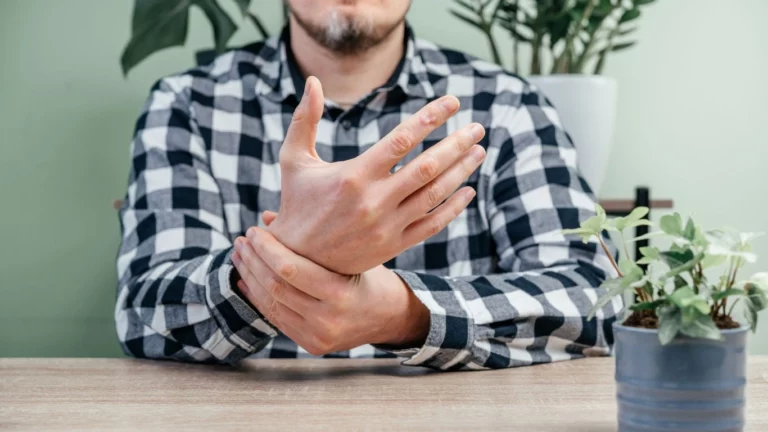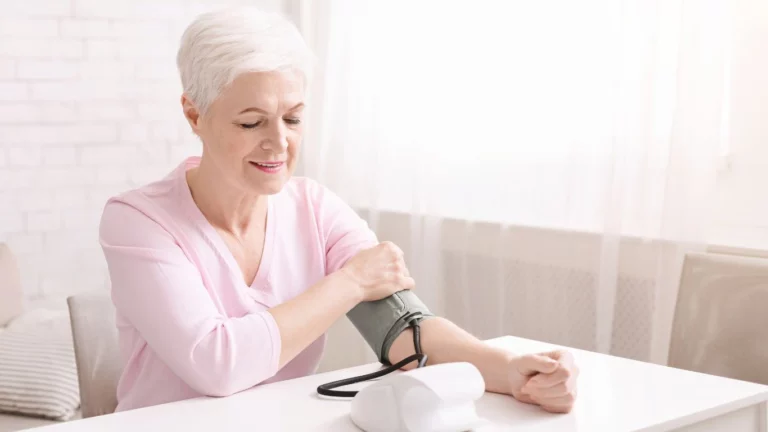How a Digital Detox Can Help Lower Blood Pressure Naturally
Can digital detox help blood pressure? It’s a question I’ve been getting more often than you’d think—usually from patients who are at their wit’s end juggling stress, screen time, and skyrocketing BP readings. As an internal medicine physician who’s spent the better part of a decade managing hypertension, I’ve learned that not all solutions come in pill bottles. Sometimes, the most powerful interventions are the ones we overlook, like simply unplugging. And honestly, I’ve seen this work firsthand with some of my most tech-tethered patients.
Why Are We Talking About Digital Detox and Blood Pressure?
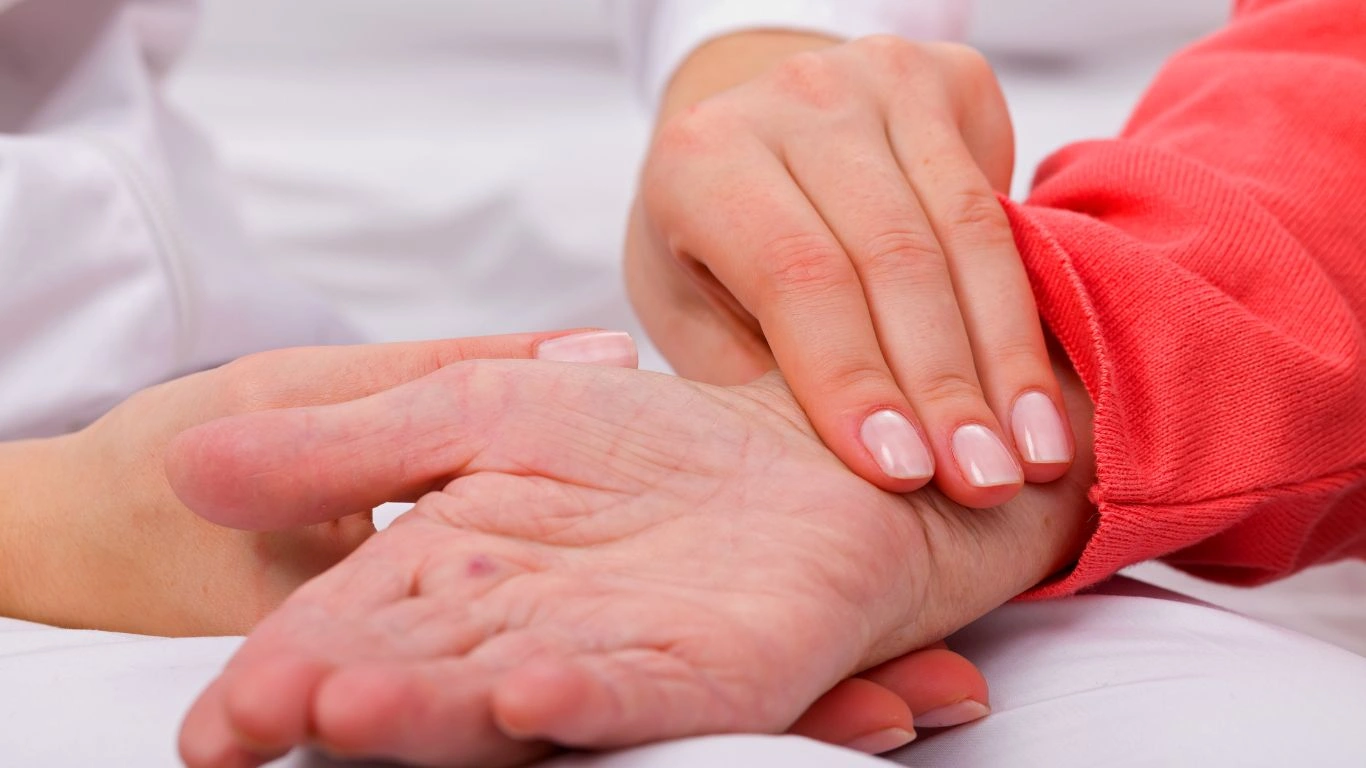
Let’s face it—we’re all a little too glued to our screens. Between back-to-back Zoom meetings, endless news scrolling, and that irresistible urge to check emails even on weekends, our devices are always within arm’s reach. This constant connectivity doesn’t just exhaust our minds—it activates our body’s stress response too.
Now, if you’re wondering what that has to do with hypertension, let me connect the dots. The body perceives constant digital engagement—notifications, emails, social media—as micro stressors. And if you’ve ever worn a Holter monitor while dealing with work emails, you’ll know your heart rate and BP do spike in real time.
When we’re constantly “on,” our sympathetic nervous system gets overstimulated. That’s the part of our nervous system responsible for the fight-or-flight response. When it’s firing off all day, blood pressure goes up and stays up. Over time, this can contribute to chronic hypertension—even if you’re eating kale and hitting the treadmill daily.
What Exactly Is a Digital Detox?
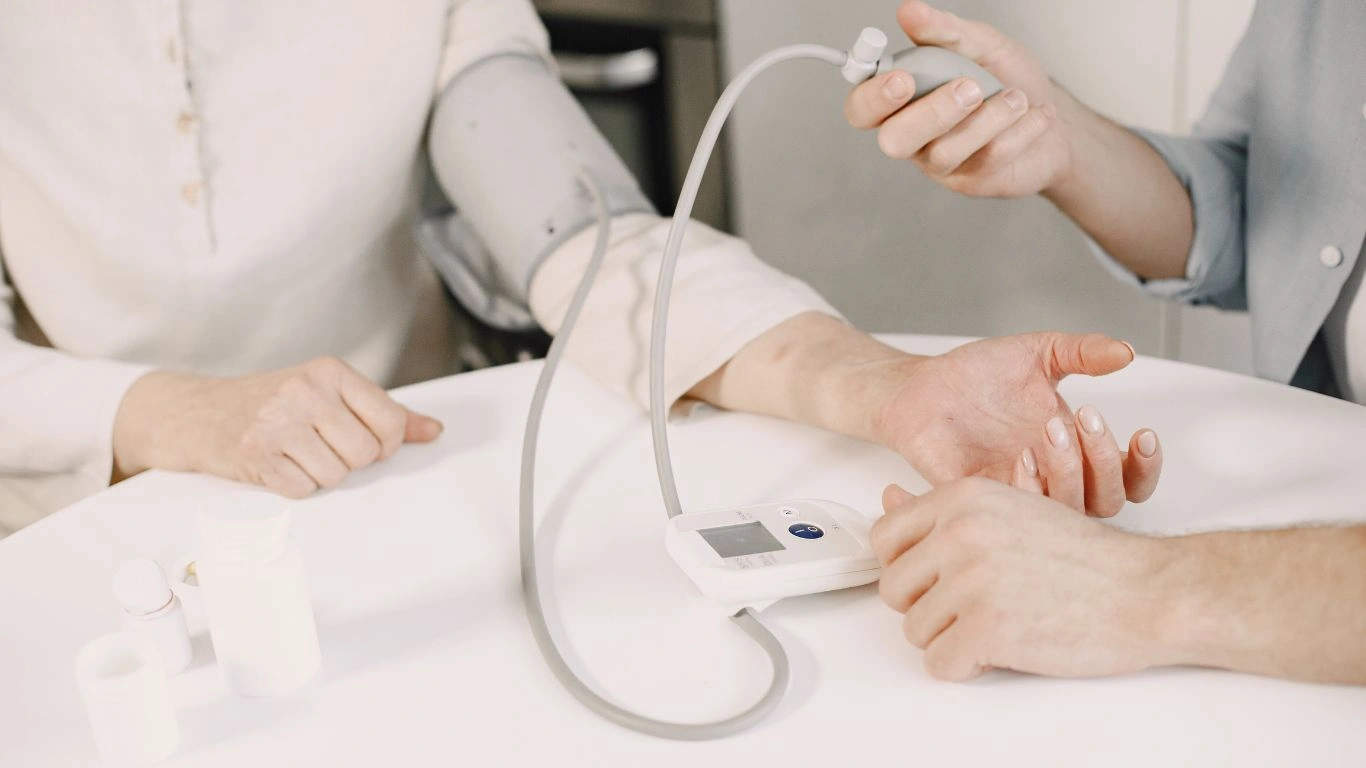
Before we dive deeper, let’s define it. A digital detox isn’t some tech-hating, off-grid fantasy. It’s simply the practice of intentionally taking breaks from digital devices—phones, laptops, tablets—to lower stress and reconnect with the present moment.
Think of it as giving your nervous system a breather. You don’t have to throw your iPhone into a lake or ghost your group chats. A detox might be:
- No screens after 8 PM
- A weekend without social media
- Designating tech-free zones at home (like the dining table or bedroom)
I’ve encouraged several of my patients to try just 2-3 days of reduced screen time. Some report better sleep, lower resting heart rates, and improved mood. One patient even said, “Doc, it felt like my brain exhaled.”
Can Digital Detox Help Blood Pressure? Here’s What the Science (and My Clinic) Says
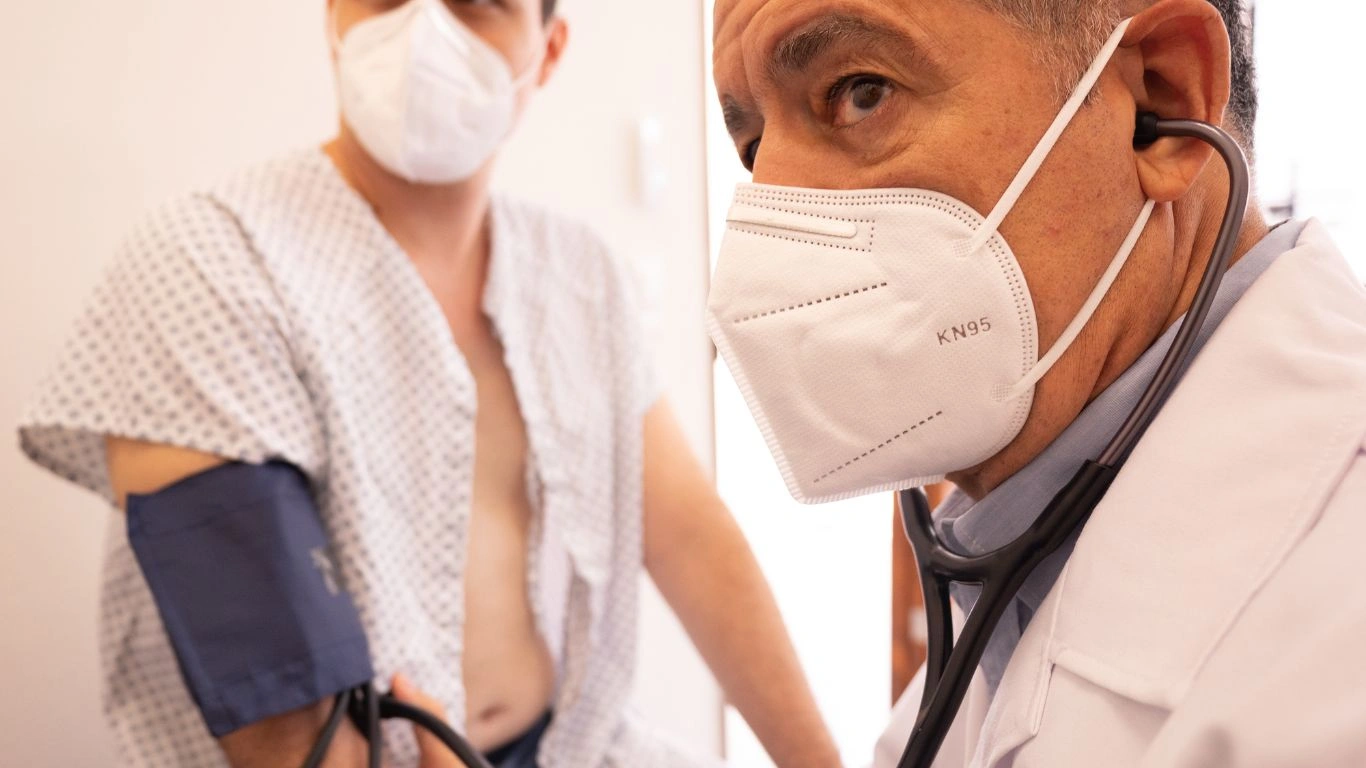
What Research Suggests
While we don’t yet have a mountain of randomized clinical trials on this exact topic, there is a growing body of evidence linking screen time with elevated stress and blood pressure. Several observational studies have shown that excessive smartphone use correlates with:
- Increased cortisol levels
- Elevated heart rate variability (in the wrong direction)
- Higher systolic and diastolic BP readings
Researchers are also finding that prolonged blue light exposure before bed disrupts melatonin production, which in turn affects sleep quality—and yes, poor sleep can worsen hypertension.
What I See in My Practice
It’s honestly remarkable. Patients who cut down screen time—even just a little—often report better energy levels, reduced anxiety, and improved blood pressure control. One of my middle-aged patients, a marketing executive who was constantly on Slack and Instagram, took a two-week partial digital detox. He reduced his screen time by 40% and started meditating for 10 minutes in the morning. Guess what? His BP dropped from 146/92 to 132/84, without a single med adjustment. Anecdotal? Yes. But I’ve seen this trend enough to take it seriously.
Why Stress Is the Missing Link
Here’s where the real link lies—stress reduction. Digital detox helps manage stress, and stress plays a direct role in blood pressure. In fact, I often tell my patients: if you’re only treating hypertension with medications and not addressing lifestyle, it’s like mopping up water without turning off the tap.
Stress elevates catecholamines—like adrenaline and noradrenaline—which narrow blood vessels and push your BP higher. Digital stimulation keeps these stress hormones churning 24/7. When we unplug, even briefly, the body starts to recalibrate.
Small Changes That Make a Big Difference
If the idea of detoxing from screens feels overwhelming, don’t worry. It doesn’t have to be an all-or-nothing approach. In fact, gradual steps often lead to better adherence. Here are some tips I give my own patients:
- Start with a “No Phones at Meals” rule
- Use grayscale mode on your phone to make it less addictive
- Replace scrolling with a relaxing ritual—like journaling or taking a walk
- Schedule “digital sabbath” hours each weekend
Remember, it’s not about perfection—it’s about presence. And when we’re more present, our bodies relax, our hearts slow down, and our blood vessels respond.
Daily Digital Habits That May Be Raising Your Blood Pressure

You know what’s sneaky? It’s not just the amount of screen time—it’s how we interact with our devices. I’ve had patients tell me they only spend “a few hours a day” on screens, but when we look at what they’re doing—doomscrolling news feeds, juggling five apps at once, checking work messages at 11 PM—it’s a recipe for sympathetic overdrive. The devil’s in the details.
Here are a few common digital habits I’ve seen wreak havoc on blood pressure (and yes, I’ve fallen into some of these myself):
- Constant notifications — Even subtle dings or vibrations spike cortisol over time.
- Multitasking across apps — Messaging during meetings, checking emails mid-dinner, etc., fragments focus and increases anxiety.
- Social comparison scrolling — Platforms like Instagram can trigger stress responses, whether consciously or not.
- Blue light overload — Screen exposure after sunset delays melatonin release, impairing sleep quality.
I actually had a 42-year-old patient—super fit, eats clean, meditates occasionally—who couldn’t figure out why her BP was stuck around 140/90. Turned out, she was scrolling TikTok every night until 1 AM, which wrecked her sleep and revved her nervous system. We cut her screen time by 90 minutes nightly, and within three weeks, she was hitting 122/78. No joke.
How the Nervous System Reacts to Digital Overload
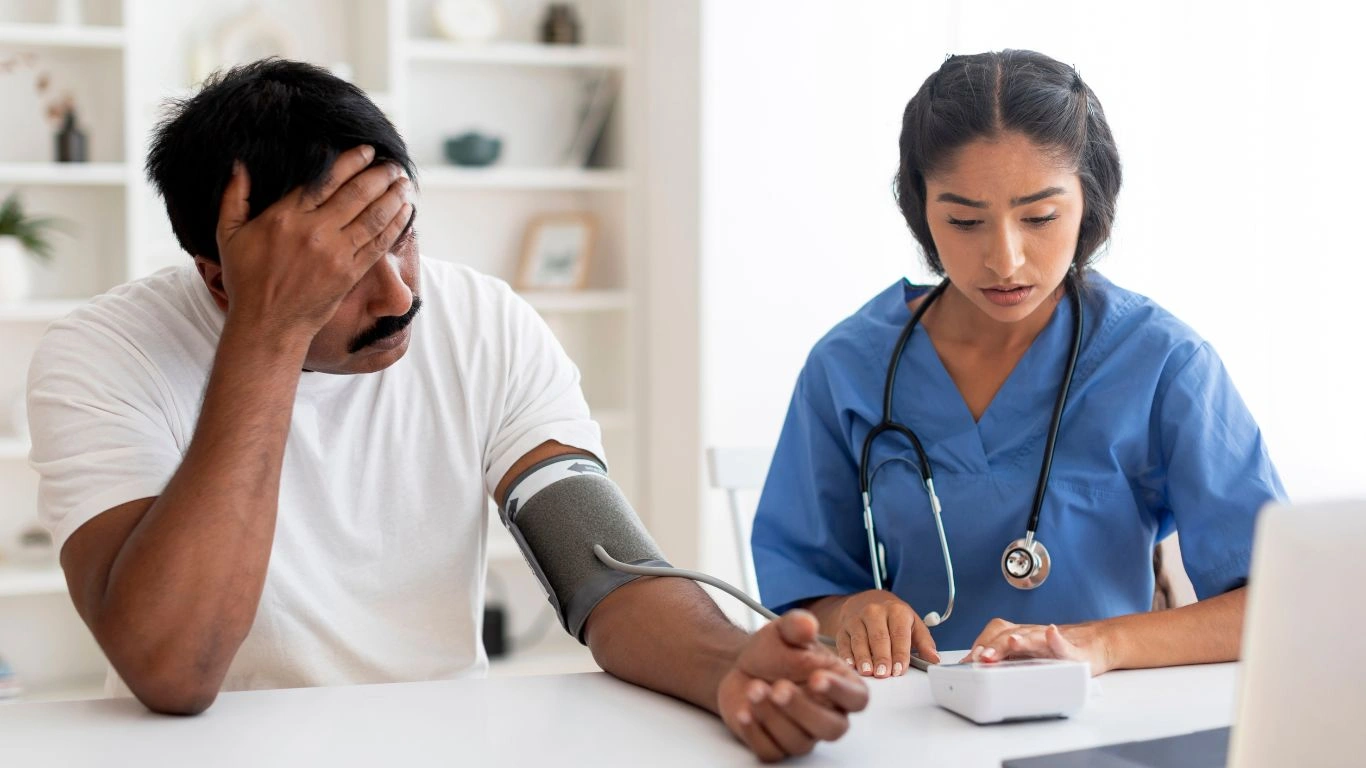
We’ve touched on this, but it’s worth unpacking a bit more. When we ask, “Can digital detox help blood pressure?”, what we’re really exploring is the effect of screen-induced chronic stress on our autonomic nervous system.
Here’s the basic physiology (without turning this into a med school lecture):
- Sympathetic Nervous System (SNS) – Activates stress response, increases BP, HR, and vasoconstriction.
- Parasympathetic Nervous System (PNS) – Calms the body, lowers BP, supports digestion and recovery.
Digital stimulation—especially from emotionally-charged content or multitasking—tilts the balance toward sympathetic dominance. Over time, this keeps your body in a state of hyperarousal, driving up vascular resistance and increasing long-term cardiovascular risk. No amount of leafy greens will fix that if your nervous system is living in fifth gear all the time.
Practical Ways to Start a Blood Pressure-Friendly Digital Detox
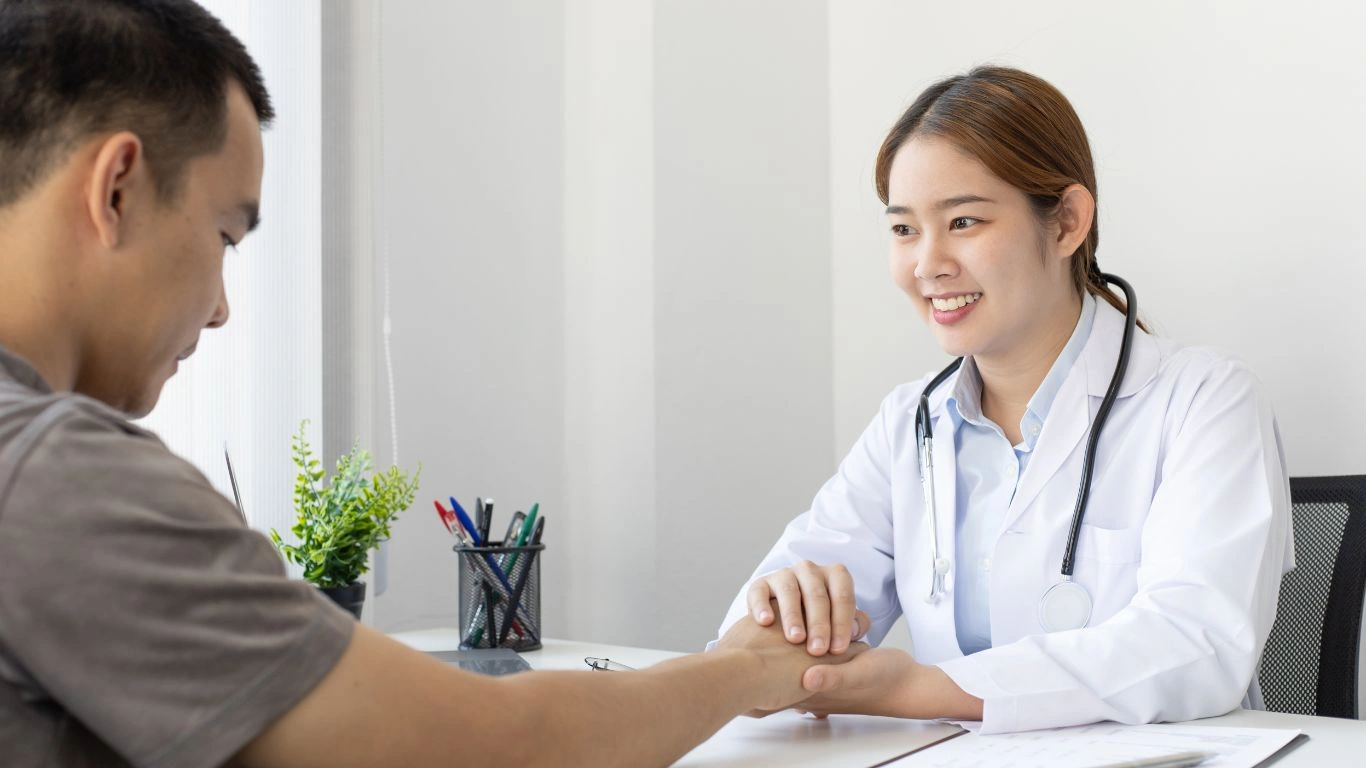
If this all sounds overwhelming, don’t worry—I get it. I always remind patients that a digital detox doesn’t mean becoming Amish overnight. Instead, it’s about resetting boundaries to support your physiology. It’s something I even do myself when I feel my own blood pressure creeping up after a chaotic workweek.
Here are a few low-effort strategies that have worked wonders for my patients—and for me:
1. Tech-Free Mornings (Even Just 30 Minutes)
Try to start your day without immediately diving into emails or news feeds. Let your body wake up in peace. Brew some coffee, stretch, maybe go for a short walk. That natural cortisol spike in the morning? Let it rise without being compounded by a Twitter argument or work crisis.
2. Screen Curfews
Set a nightly “off” time—mine is 8:30 PM (okay, sometimes 9 on call nights). This gives your brain time to wind down and improves sleep latency. Pro tip: keep a real alarm clock and charge your phone outside the bedroom. Life-changing.
3. App Clean-Up and Notification Pruning
Turn off non-essential notifications. Do you really need to be pinged every time your cousin comments on a meme? Every notification is a micro-disruption to your nervous system.
4. Daily “Analog” Breaks
Replace 15 minutes of screen time with a screen-free ritual: a walk, journaling, stretching, or just sipping tea without multitasking. Even a few mindful breaths between Zoom meetings can help recalibrate your stress response.
5. Weekly Digital Sabbaths
This one’s my favorite. One day a week (for me it’s Sunday), I stay off social media and minimize screen use unless it’s absolutely necessary. No doomscrolling, no catching up on work emails. My nervous system thanks me every time.
Digital Detox Isn’t Just for Millennials—It’s for Your Arteries
This isn’t just a wellness trend for 20-somethings. I’ve seen benefits in patients of all ages—from a 68-year-old retiree who reduced his news consumption and lowered his BP, to a 35-year-old tech worker who traded Reddit time for nightly walks. The beauty of a digital detox is that it’s free, safe, and entirely within your control.
And let’s be real: we live in a hyperconnected world. I’m not saying we all need to move to a forest and meditate full-time. But carving out intentional moments of stillness—free from screens—gives your cardiovascular system a breather.
So, if you’ve been wondering whether unplugging can really make a difference in managing hypertension, I can confidently say: yes. And not just because the research is emerging, but because I’ve watched it work again and again, in the clinic, in my community, and yes—even in myself.
Listening to Your Body—And Your Blood Pressure Monitor
I always tell my patients: you don’t need a stress test to know when your body is screaming for rest. Racing heart? Irritability? Sleep issues? Sky-high readings at the cuff? Those are all signs your nervous system is out of balance—and tech is often the quiet culprit.
If you’ve tried dietary tweaks, added medications, and still aren’t hitting your target BP, consider this: maybe it’s not your kidneys or salt intake. Maybe it’s your inbox. Or your streaming habits. Or the endless scroll that doesn’t let your nervous system breathe.
The Long-Term Benefits of a Digital Detox on Blood Pressure

We’ve explored the basics of digital detox, the science behind stress-induced hypertension, and how small changes can make a huge impact on your blood pressure. But here’s the most exciting part—this isn’t just a quick fix. If you stick with a digital detox strategy over time, the effects on your blood pressure can be profound and long-lasting.
Over time, lowering your screen time and managing stress in a more mindful way can lead to a significant reduction in your overall cardiovascular risk. I’ve seen patients who’ve adopted a digital detox routine for months or even years report sustained improvements in their blood pressure. And the best part? These benefits don’t stop at just the numbers on the cuff—they can also enhance overall quality of life.
Improved Heart Rate Variability (HRV)
One of the most significant signs of a healthy cardiovascular system is heart rate variability (HRV), which measures the variation in time between heartbeats. Higher HRV is typically associated with a more resilient heart and a better ability to recover from stress. When you reduce digital overwhelm, your parasympathetic nervous system (the “rest and digest” part of your nervous system) can take charge, improving HRV.
From a clinical perspective, improving HRV can help reduce your risk of heart disease and stroke. And let’s face it: we all want to get to an age where we’re running after our grandkids without worrying about our heart health.
Better Sleep, Better Blood Pressure
In my experience, one of the biggest culprits in chronic hypertension is poor sleep. Excessive screen time—especially before bed—disrupts melatonin production, making it harder to fall asleep and stay asleep. When we don’t sleep enough, our bodies can’t repair and recover from the stress of the day, which leads to sustained high blood pressure.
By committing to a digital detox, particularly in the evening, many of my patients have seen drastic improvements in sleep quality. Better sleep leads to lower nighttime blood pressure, which in turn improves overall cardiovascular health. It’s a win-win!
Reduced Chronic Stress
We’ve talked about how constant notifications and multitasking keep us in a heightened state of stress. Well, chronic stress leads to chronic hypertension. Reducing your digital consumption over time has a cumulative effect on your stress levels, making your daily life more manageable and your blood pressure more stable. As someone who’s had patients report feeling “lighter” or “calmer” after a few weeks of reduced screen time, I can vouch for the mental and emotional benefits of this practice as well.
Evidence-Based Practices to Maintain Your Digital Detox for Long-Term Blood Pressure Management
If you’re wondering how to keep your digital detox sustainable while managing your blood pressure, here are a few evidence-based strategies I recommend to my patients:
1. Gradually Reduce Screen Time
Don’t go cold turkey unless you want to set yourself up for failure. Start by cutting out 30 minutes of screen time each day and slowly increase that as you feel more comfortable. Try tracking your screen time with apps that can give you insight into your habits. This can be eye-opening and motivate you to keep going.
2. Create Tech-Free Zones
Designate spaces in your home where devices are not allowed—especially places like the bedroom and dining room. Make your bedroom a sanctuary for sleep, not a place to scroll through work emails or Instagram. Similarly, set boundaries for family or shared spaces where you can focus on quality time without screens taking over.
3. Incorporate Mindfulness Practices
Mindfulness is one of the most effective ways to combat the stress associated with constant digital engagement. Meditative practices—such as deep breathing, progressive muscle relaxation, or even a simple gratitude practice—can enhance the calming effects of a digital detox. Many of my patients have found that incorporating mindfulness practices into their daily routines not only helps lower blood pressure but also enhances their overall sense of well-being.
4. Engage in Physical Activities
Physical activity is a great way to offset the effects of digital stress. Whether it’s a brisk walk, a yoga session, or just stretching during a digital break, moving your body lowers cortisol levels and promotes the parasympathetic nervous system. Exercise also helps you sleep better—so it’s a full circle of benefits for your heart health.
5. Practice Screen-Free Socializing
Instead of catching up with friends through texts or social media, try making a habit of meeting up in person, calling, or even video chatting. Social connections are essential for mental and emotional health, and doing this without digital distractions makes the interactions more meaningful—and stress-reducing.
Resources to Help You Along the Way
If you’re ready to dive deeper into the benefits of a digital detox and blood pressure management, there are many credible resources available to guide you. Websites like Health.com and the National Institutes of Health provide valuable information on lifestyle changes and managing hypertension. Keep in mind that digital detox is part of a bigger picture when it comes to heart health.
Disclaimer
While digital detox is a promising tool for managing blood pressure and stress, it should not replace medical advice or prescribed treatments. Always consult with your healthcare provider before making significant changes to your lifestyle, especially if you have chronic conditions like hypertension. This article is intended for informational purposes only and reflects the experiences and insights of a practicing internal medicine physician. Results may vary from person to person.

Dr. Gwenna Aazee is a board-certified Internal Medicine Physician with a special focus on hypertension management, chronic disease prevention, and patient education. With years of experience in both clinical practice and medical writing, she’s passionate about turning evidence-based medicine into accessible, actionable advice. Through her work at Healthusias.com, Dr. Aazee empowers readers to take charge of their health with confidence and clarity. Off the clock, she enjoys deep dives into nutrition research, long walks with her rescue pup, and simplifying medical jargon one article at a time.
